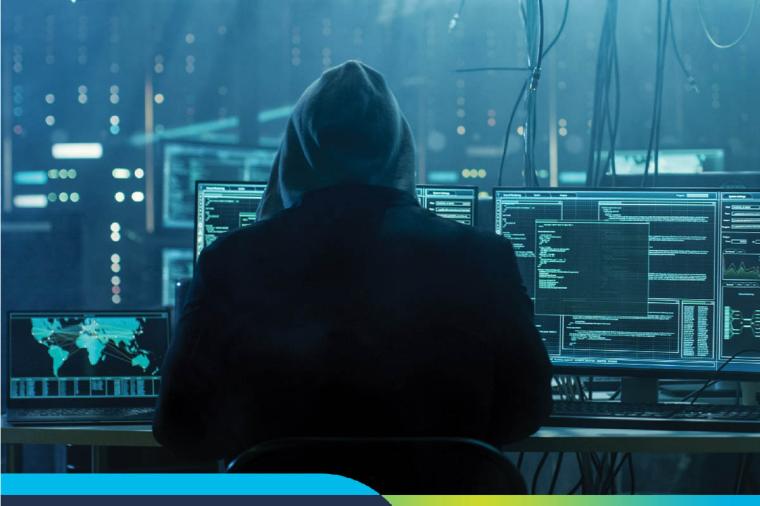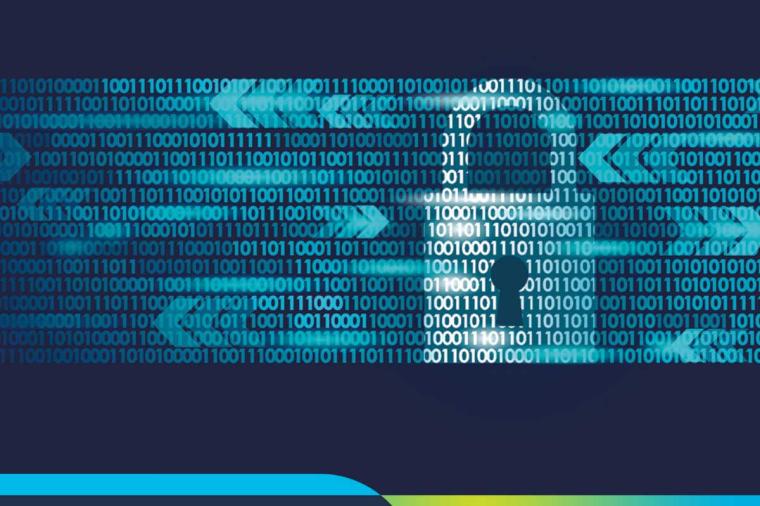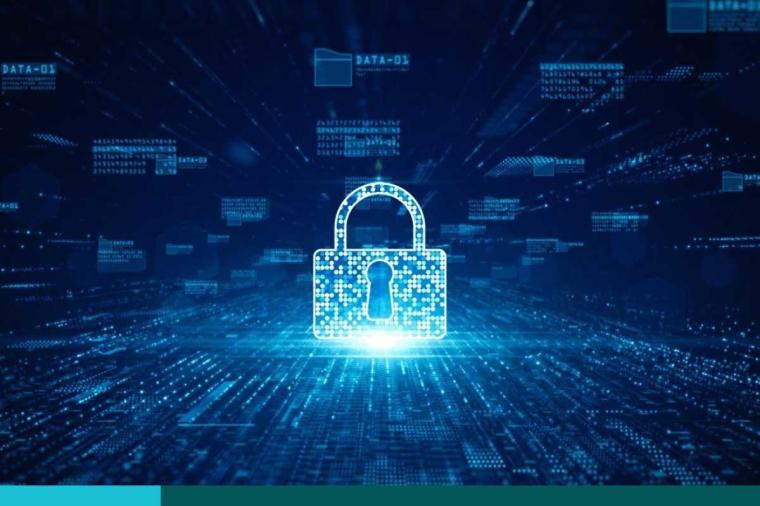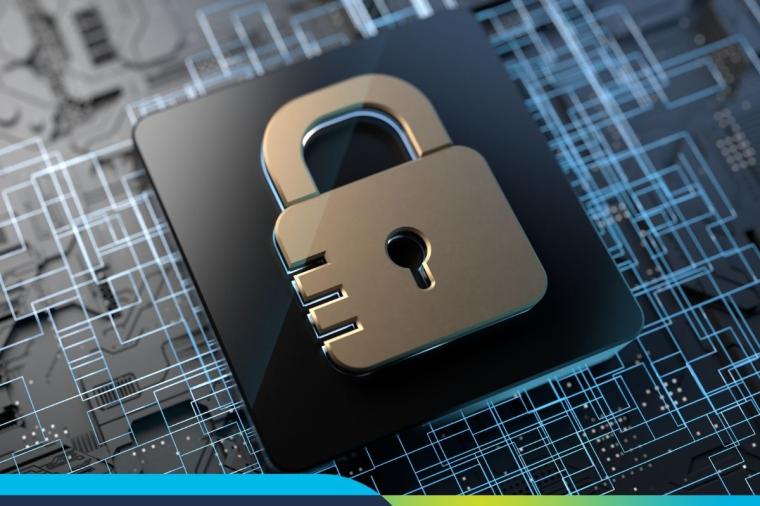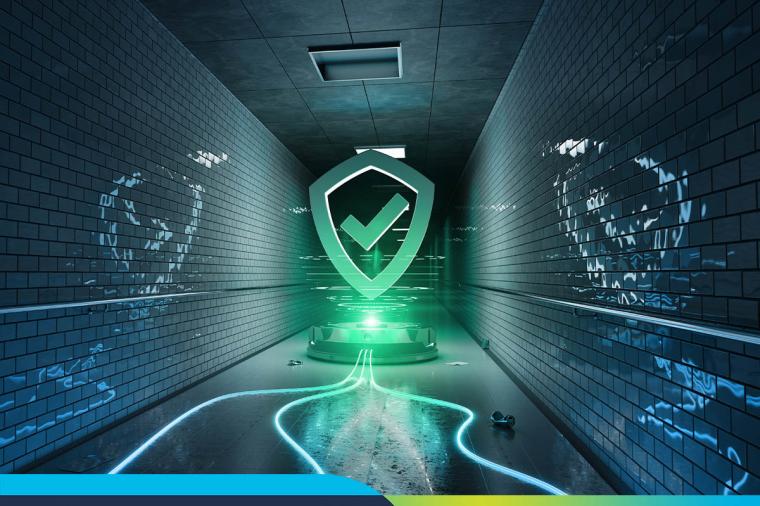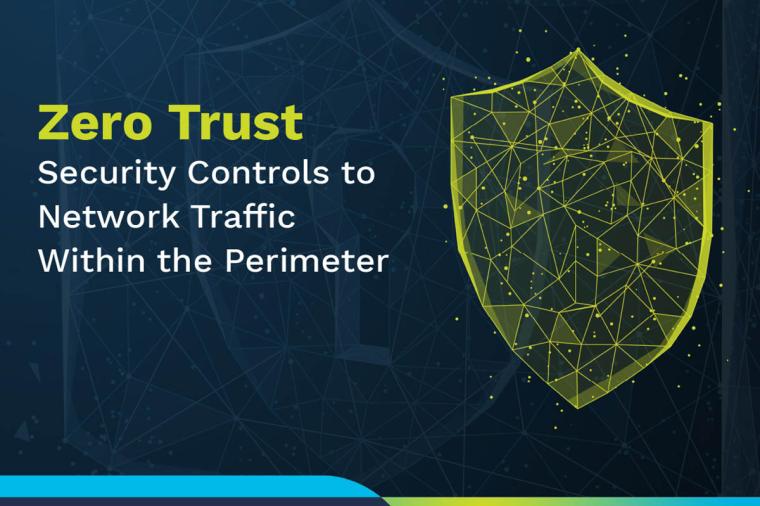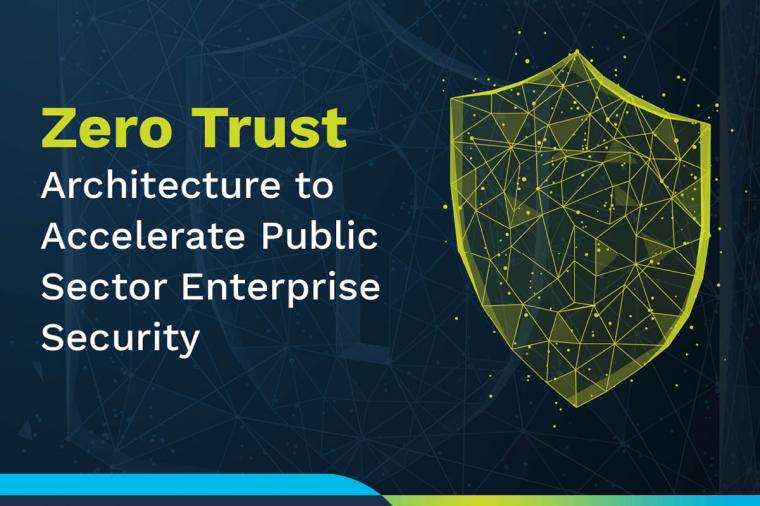Cybersecurity 101: Patch Management [Video]
As straightforward and commonplace as patch management might be, it is still a big security hole for many organizations. The 2015 Verizon threat report states, “…99.9% of the exploited vulnerabilities had been compromised more than a year after the associated CVE was published”. In other words, completely preventable exploits were successful simply because basic patch management had been neglected for over a year. In my own experience, I have encountered far too many unpatched systems, for far too long. The record, for me, was a system that was unpatched for seven years.
Deficient patch management has many ill effects. First and foremost, it leaves your systems vulnerable, not to sophisticated, innovative and new attack methods, but to methods available even to the least proficient attackers. As the Verizon report also states, “a CVE being added to Metasploit is probably the single most reliable predictor of exploitation in the wild”. (If you are unfamiliar with Metasploit, it is freely available attack tool that is very easy to use, and requires virtually no technical savvy on the part of the attacker. It probes a system to determine its vulnerability to well-known attack methods, known as “CVES”).
Patch management is not a new or exciting technology, but it is mature and readily available from numerous sources. It is a foundation for a solid security program, but too many Federal agencies neglect it entirely, do it only sporadically, patch only in response to imminent threats, or patch so infrequently that the program becomes almost useless.
The primary target for attackers is of course the web server, so if you need to prioritize patch management efforts, start with the public-facing web system. It is the most exposed, and also the most representative of your company’s image. Attackers also seek out desktops, mainly because they are larger in number. No matter the device (workstation, tablet, phone, or server) or the tier (user interface, business intelligence, database, etc.) any connected system is vulnerable and must be patched.
As the mathematicians say, patching is “necessary but not sufficient”. Even though it will not guard against zero-day attacks, and even though it is reactive in nature – similar to signature-based antivirus – it only makes sense to prevent the known attacks. There is no reason to gobble up time and effort analyzing an intrusion, only to find that its details are already available as a CVE, preventable through an easy download.
It is worth noting, however, that some software updates have been “Trojanized”, i.e., infected with malware, in effect tricking an organization into infecting themselves. This presents a powerful attack vector, but can be mitigated with signature verification, basic research, and pre-deployment testing.
If you have moved to the cloud, or are considering a cloud migration, be sure to clarify which party is responsible for patch management, and at what level. An IaaS vendor will likely leave patch management in your hands, including OS-level, middleware, and application level patches. Conversely, a SaaS vendor will take over the task for you. You won’t have the responsibility – but neither will you have the control. If the vendor is slow or deficient, you won’t be able simply to run patches yourself; you’ll have to go through the SaaS provider. In a PaaS deployment, the cloud service provider is likely to handle the OS-level patching duties, but it is always prudent to clarify the responsibilities. If you’re not sure, ask, and get it in writing.
Finally, remember that vulnerability scans will smoke out known vulnerabilities on your systems, and recommend patches to remediate them. Many organizations scan regularly, but fail to take action on the recommendations of the scan. Don’t just scan, patch.
Fortunately, patch management systems are mature and widely available, so options abound for organizations of any size or financial means. DLT offers some best-of-breed systems:
Beyond Trust Retina CS
Beyond Trust’s Retina CS offers three stages of patch management: vulnerability scans, patch management, and remediation. This product plays well with other Beyond Trust products, as well.
Dell
Dell’s KACE appliance lets you manage devices of all types, offering numerous features in addition to patch management.
SolarWinds
SolarWinds Patch Manager, manages patches on your Windows systems, and includes a comprehensive reporting feature, and seamless integration with Microsoft tools such as SCCM and WSUS. It can patch third-party applications as well, and also lets you create customized installation packages.
To learn more, watch DLT's Cybersecurity video series featuring Don Maclean:





























